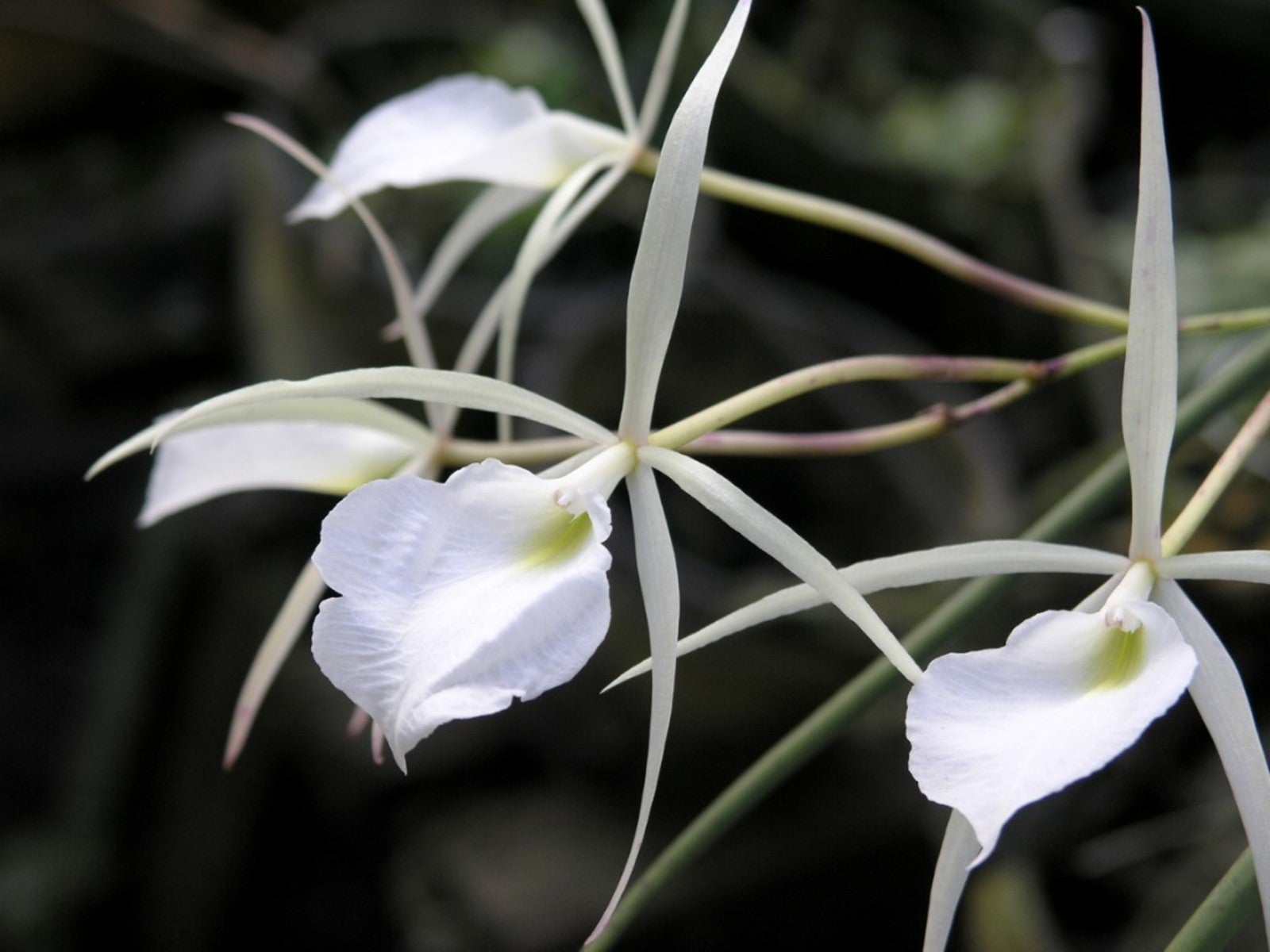What Is A Brassavola Orchid - Brassavola Orchid Care


For many gardeners, growing orchids indoors is a rewarding endeavour. With species ranging greatly from one to the next, choosing which type of orchid to grow may feel overwhelming. With a little research, however, gardeners can learn to select plants which will thrive under the growing conditions present within their own homes. Brassavola orchid types are just one example of an easy to grow orchid that is ideal for first-time growers. By learning more about growing Brassavola orchids, even novice growers are able to enjoy an abundance of blooms all season long.
What is a Brassavola Orchid?
Though some orchids are known for their large, showy flowers; Brassavola orchid hybrids actually produce blooms that are much more understated. Pollinated by moths in nature, the pristine white flowers are prized for their strong fragrance, which only occurs at night. Immensely scented citrus-like flower blooms are also praised for their longevity, sometimes lasting up to 30 days. Brassavola orchid hybrids are much smaller than some other species of orchid, reaching only about 10 inches (25 cm) in height at maturity.
Growing Brassavola Orchids
Brassavola orchid hybrids are epiphytes. This means that they grow without soil within their native habitat. Their pseudobulbs are used to store water and nutrients that the plant needs to survive. This makes them an ideal candidate for growth in mounted baskets, hanging orchid planters, or on shelves.
Regardless of the container, Brassavola orchid types will require strong indirect light.
This is most often achieved by positioning plants near an east or south facing window. Though the plants can continue to grow under less than ideal light conditions, they may not flower. Those growing Brassovola orchids can often determine whether or not light needs are being met through the careful observation of the plant’s leaves. Leaves which are a very dark green may indicate a need for more light.
Brassavola orchid care will also require fertilization. Since the plants bloom much more frequently than other types, many growers suggest routine fertilizing. Brassavola water needs can vary depending upon the conditions in which it is grown. While mounted specimens may require more frequent irrigation, care should be used to ensure that potted plants do not become waterlogged.
Gardening tips, videos, info and more delivered right to your inbox!
Sign up for the Gardening Know How newsletter today and receive a free copy of our e-book "How to Grow Delicious Tomatoes".

Tonya Barnett has been gardening for 13 years. Flowers are her passion. She has transformed her backyard into a cut flower garden, which she regularly chronicles on her YouTube channel http://www.youtube.com/@tonyawiththeflowers.
-
 Looking For Plants To Give You The Soft And Fuzzies? Try These 5 Fuzzy Leaf Plant Options
Looking For Plants To Give You The Soft And Fuzzies? Try These 5 Fuzzy Leaf Plant OptionsLovers of texture, drama, silver foliage and tactile plants will adore these special sensory garden additions. These fuzzy leaf plant options will leave you all aglow
By Susan Albert
-
 Get Ready For A Summer Of Hummers! Grow These Full Sun Hummingbird Plants and Flowers
Get Ready For A Summer Of Hummers! Grow These Full Sun Hummingbird Plants and FlowersIf you’re lucky enough to enjoy a sunny backyard, make sure you are maxing out on your pollinator opportunities and grow these full sun hummingbird plants and flowers
By Tonya Barnett